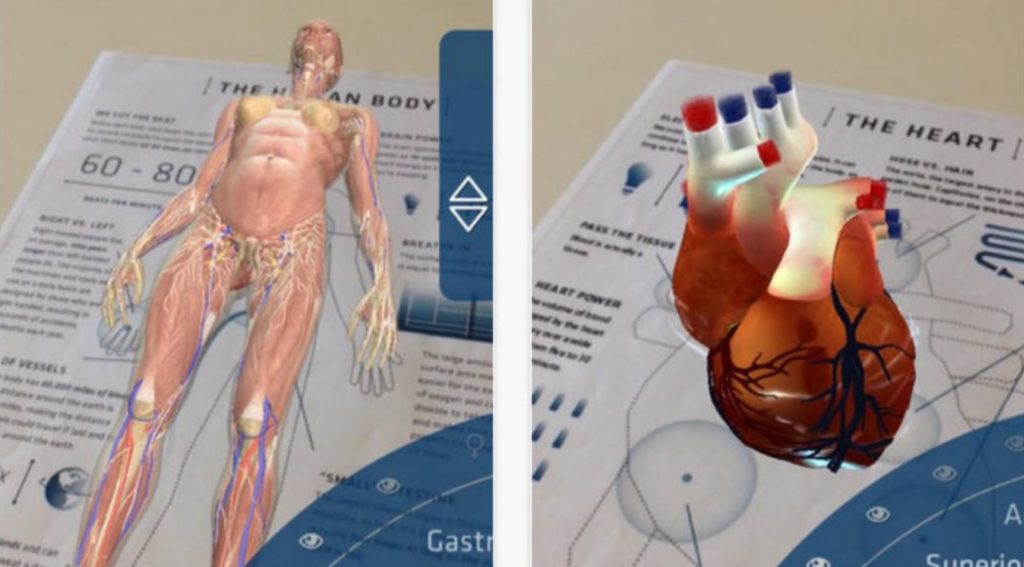Augmented reality in medicine: AR helps save lives
Augmented reality is the present in modern medicine and we can say that it helps to save lives.
In hospitals, techniques such as X-rays, computed tomography (CT) scans, magnetic resonance imaging (MRI) and ultrasound, among others, are used. These can reveal structures such as bones, allowing us to see a broken leg or soft organs such as the brain.
Augmented reality applications in medicine consist of combining components such as images and 3D models with real elements, which brings great advantages in the area of anatomy, as the organs of the human body can be visualised in depth in real time. Another application of augmented reality in medicine is in the surgical area. This technology provides an improved, in-depth view of the field to be operated on.
In other words, augmented reality in the medical sector offers solutions that help, in real time, to visualise the internal parts of the patient by projecting 2D or 3D images, showing in depth the different organs to be treated and helping to make a diagnostic decision.
Today, AR creates new possibilities for interpreting information that would not be possible without this technology, opening up new ways to learn and recognise data, process it and easily convert it into knowledge. Medicine relies on augmented reality to complement information available in other formats. The superimposition of images on 3D objects is well suited for these purposes. In other words, AR is very useful to promote medical trainings that help to improve, for example, the precision of surgeons.
The world of medicine is certainly one of the sectors that is gaining momentum because it is where this technology can have the greatest impact. Being able to see a lesson in any subject, in real time, right in front of us, adds tremendous value to the learning process.


Augmented reality allows medical professionals to have different tools at their disposal in order to carry out their skills quickly. Nowadays, it is the doctor who, on a continuous way, makes use of this technology to be able to make decisions and issue diagnoses, which, together with his knowledge and experience, make it possible to save lives.
In short, augmented reality and the technology associated with it constitute a tool through which new forms of visualisation and learning are offered that provide many facilities for professionals in the medical sector. How long do you think it will take for us to be operated on with augmented reality glasses?


